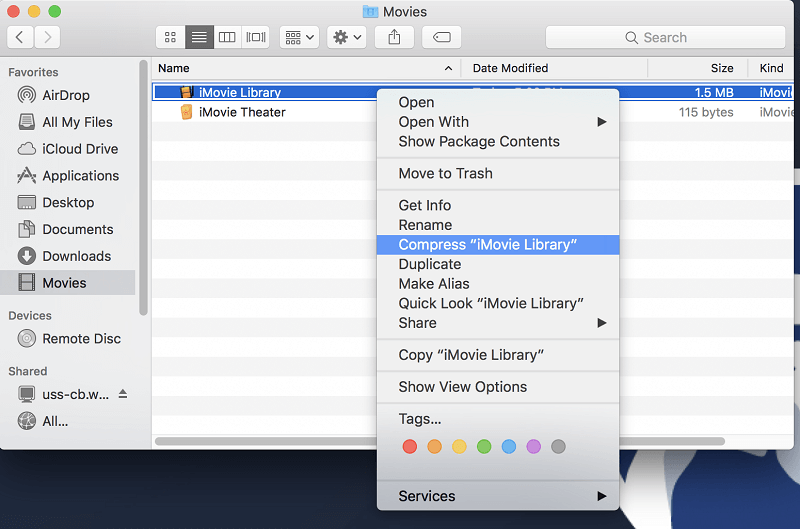
This seems to work OK most of the time but it can take a long time for pictures to show. You can then select the library on a different machine on the network. You can hold down the Option key then click to launch iPhoto and it will prompt you to select a library. And surrond in brackets so the name and path are seen as one string before the quotes are added tell application 'Terminal' activate do script 'cd /Users/' & quoted form of (whoami & '/Pictures/iPhoto Library') end tell As you can see there is more than one way to do any of this. Click Open Other to either find an existing library or create a.

Next, open Photos, which will spur the following prompt.
#CHANGE IPHOTO LIBRARY PATH MAC#
Mac 911 can’t reply to-nor publish an answer to-every question, and we don’t provide direct troubleshooting advice. Having the same library across several machines is a bit of a pain. Regardless, to create a new System Photo Library, first open the location where your current system library is and drag it to a backup spot if you want to keep it (recommended). If not, we’re always looking for new problems to solve! Email yours to including screen captures as appropriate. Click the Use as System Photo Library button. After Photos opens the library, choose Photos > Preferences from the menu bar. Choose the library you want to designate as the System Photo Library. One of the photo libraries is already designated as YourLibraryName (System Photo Library). We’ve compiled a list of the questions we get asked most frequently along with answers and links to columns: read our super FAQ to see if your question is covered. Hold down the Option key and open Photos. The advantages of taking this path are you can better organize your photos, albums, slideshows, projects (such as books, cards, and calendars), and then switch between the libraries. But this is better than losing the high-resolution versions of your media.Īfter importing the images and videos and making sure they’re the high-resolution ones you want, you can then use a de-duplication program, like PowerPhotos or Photosweeper 3 (review coming), which can clean up the low-resolution images and possibly help fix the missing metadata. Create a New iPhoto Library Or Switch Between Libraries One way that you can use to move your iPhoto library is to create multiple libraries. Unfortunately, you’ll lose a lot of information associated with photos and video that’s stored within the library, such as metadata, potentially some edits, albums, and other organizational elements.

Drag (to move) or Option-drag (to copy) the Masters folder to the Desktop or to another drive. You could also move iPhoto library to an external hard drive for backup purpose.

#CHANGE IPHOTO LIBRARY PATH CRACK#
If the upgrader just won’t work with the old library, the only real solution is to crack open the library and extract ones photos.


 0 kommentar(er)
0 kommentar(er)
